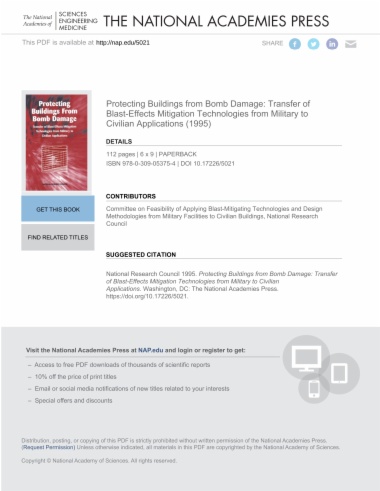In the 1990s, many evangelical Christian organizations and church leaders began to acknowledge their long history of racism and launched efforts at becoming more inclusive of people of color. While much of this racial reconciliation movement has not directly confronted systemic racism's structural causes, there exists a smaller countermovement within evangelicalism, primarily led by women of color who are actively engaged in antiracism and social justice struggles. In Unreconciled Andrea Smith examines these movements through a critical ethnic studies lens, evaluating the varying degrees to which evangelical communities that were founded on white supremacy have addressed racism. Drawing on evangelical publications, sermons, and organization statements, as well as ethnographic fieldwork and participation in evangelical events, Smith shows how evangelicalism is largely unable to effectively challenge white supremacy due to its reliance upon discourses of whiteness. At the same time, the work of progressive evangelical women of color not only demonstrates that evangelical Christianity can be an unexpected place in which to find theoretical critique and social justice organizing but also shows how critical ethnic studies' interventions can be applied broadly across political and religious divides outside the academy.
- Cover
- Contents
- Abbreviations
- Introduction
- 1. From Chit’lins to Caviar
- 2. “We Don’t Have a Skin Problem, We Have a Sin Problem”
- 3. Multiple Logics of White Supremacy
- 4. The Biopolitics of Christian Persecution
- 5. The Racialization of Religion
- 6. Decolonization in Unexpected Places
- 7. No Permanent Friends and Enemies
- 8. Women of Color Evangelical Theologies
- Conclusion
- Notes
- A Note on Sources
- Bibliography
- Index
- A
- B
- C
- D
- E
- F
- G
- H
- I
- J
- K
- L
- M
- N
- O
- P
- Q
- R
- S
- T
- U
- V
- W
- Y
- Z

